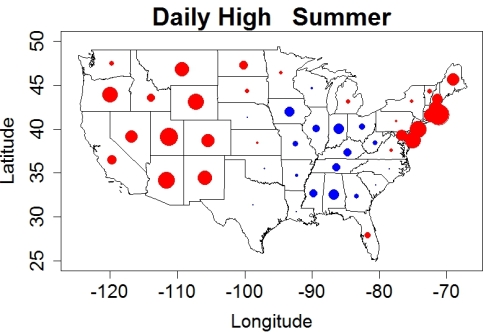Special Snowflake Seeks Rent
Eli observes that special snowflake syndrome is spreading faster than Zika and interacting with the carriers, well, it shrinks a bunny's brains because it is hard to believe that such needy people have survived to adulthood with all of their teeth.
The Urban Dictionary provides a diagnostic
A malady affecting a significant portion of the world's population wherein the afflicted will demand special treatment, conduct themselves with a ludicrous, unfounded sense of entitlement and generally make the lives of everyone around them that much more miserable.and recommends running away on first encounter.
A defining characteristic of such carriers is that they insist you do their work, 24/7. No better example than a tweet exchange btw Roger Pielke Sr. and Gavin Schmidt a few days ago
I submitted comment on https://t.co/1B77lvpiMT Apparently deleted. @ClimateOfGavin Why? pic.twitter.com/3pmC7YDB8i— Roger A. Pielke Sr (@RogerAPielkeSr) May 28, 2016
Well Eli could display the entire exchange after that, but suffice it to say that Roger goes rent seeking soon after@ClimateOfGavin The obvious question is why it disappeared even from "in moderation"....until I brought up its disappearance.— Roger A. Pielke Sr (@RogerAPielkeSr) May 28, 2016
Continuing his challenge to Gavin for a challenge round of Pielkes All the Way Down@ClimateOfGavin Than I will look forward to Gavin's summary views on regional multi-decadal climate predictions this week.— Roger A. Pielke Sr (@RogerAPielkeSr) May 29, 2016
UPDATE: Somebunny reminds Eli of Nathan Myhrvold and the black solar cells where he proved to Steve Levitt that solar cells could never help with global warming because they were black. Brad deLong deals with this and RayP invites Levitt and Myhvold to his office for a beat down. Good times
It appears that rent seeking is a defining symptom of Special Snowflake Syndrome. To continue with Ex 2, a few days ago Nathan Myhrvold is the former chief technology officer at Microsoft posted a manuscript to arXiv which claims that the NASA/JPL group who have been designing a mission to detect near Earth asteroids has got it all wrong and come pretty close to them wanting to go out and hire Mike Mann's lawyer. Phil Plait at Bad Astronomy does an excellent job of summarizing the science as well as linking to other blogs and discussions on the set to.
The science argument can be settled in a second. The NASA/JPL group calibrates its model of asteroid size against accurate occultation measurements of a fair number of objects in the asteroid belt. They then use the calibrated model to measure the diameters of a large number of asteroids that were observed by previous space telescopes. Myhrvold claims to use "basic physics" but his results are off by more than a order of magnitude. Bunnies can read Platt and Eli also recommends this discussion in the Asteroid and Comet mailing list.
However, science be damned for this post, for this post, what is most interesting is the exchange between the NASA/JPL group and Myhrvold as described by Plait
Myhrvold says the team was not cooperative about their work and gave him “cryptic” answers to his questions.Indeed, even though his model fails a basic bullshit test Myhrvold like an good special snowflake, digs in and demands that the JPL group bow to his genius. No bunny should have expected anything else. It's part of the package. This pattern of behavior is especially available in Twitter. Eli, against his better judgement has gotten brain squeezed a couple of time there. He shoudda known better. Just tell em to go away.
Mainzer told me a very different story. She said she worked with Myhrvold multiple times, trying to show him where some of his ideas were either incorrect or not applicable to the work they were doing, but he remained defiant. She pointed out specific errors, but despite that the errors remain in his work.
The errors she mentioned are various, including his confusing diameter with radius in his calculations and using a model that incorrectly determines diameters. For his part he says their model doesn’t include some basic physics, and that some of their numbers are suspicious.




















